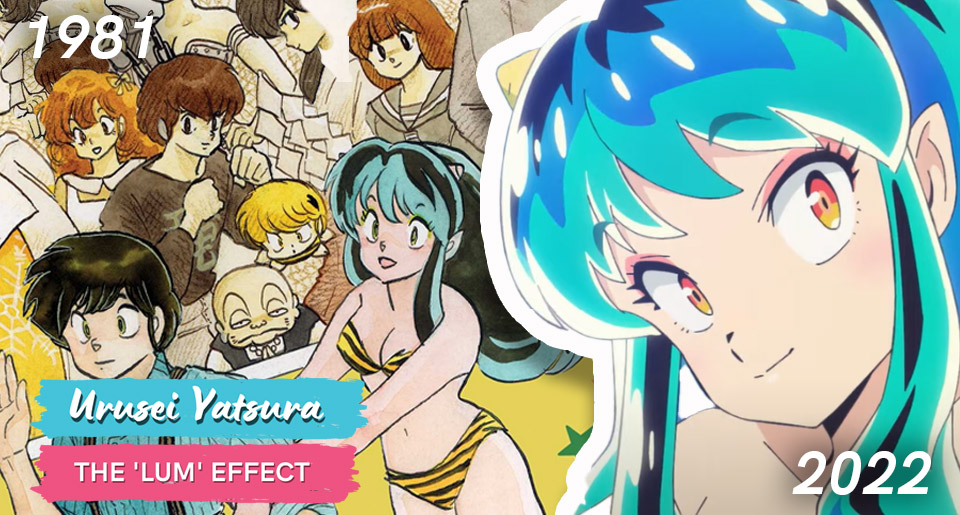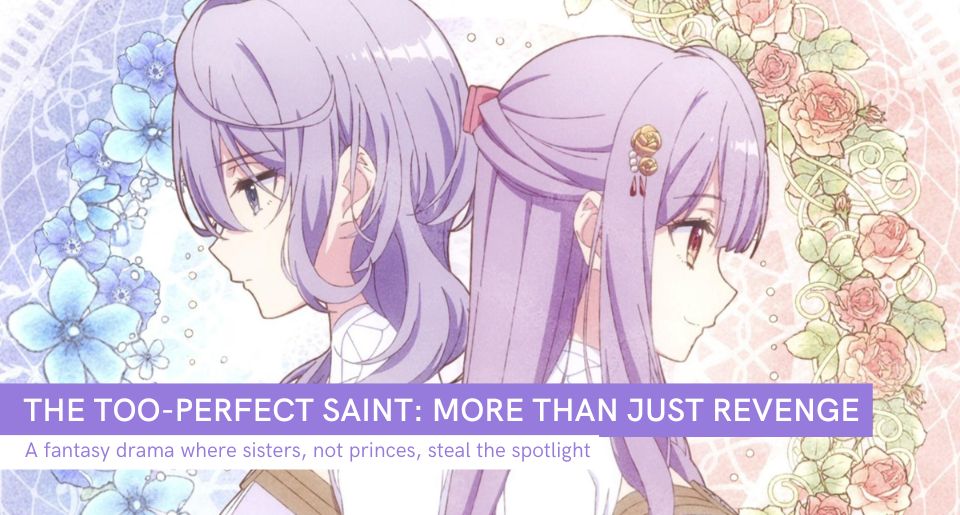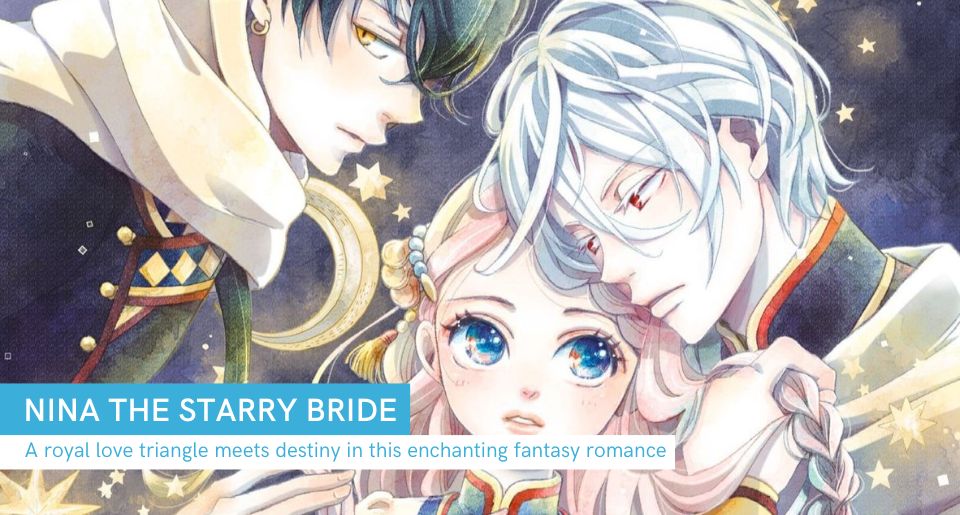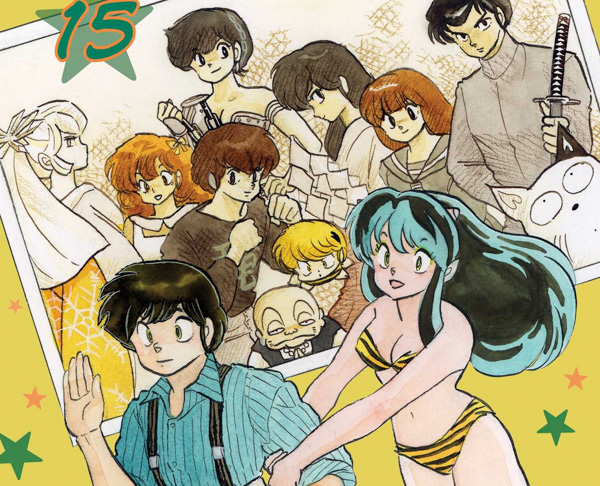
Urusei Yatsura continues to hold a special place in the hearts of anime and manga enthusiasts even after four decades since its debut in 1978. With its creative storytelling, endearing characters, and unique blend of comedy and romance, it has pioneered and popularized a lot of tropes, which can still be seen in modern anime today.
But how did a series like Urusei Yatsura continue to stay relevant that it even got a successful anime reboot in 2022? Let’s find out!
Urusei Yatsura and the Mind of Rumiko Takahashi
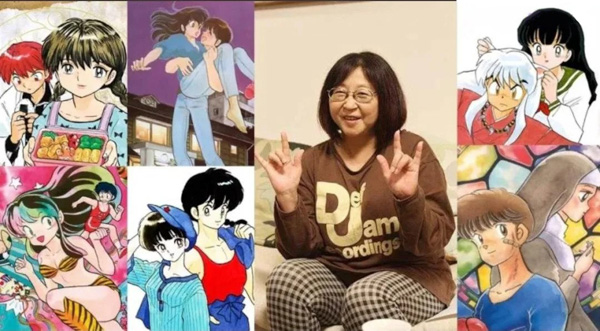
Rumiko Takahashi and her masterpieces, most of which are considered top sellers in Japan.
If we’re talking about Urusei Yatsura, the first thing that comes to mind is no other than its creator, the legendary Rumiko Takahashi. Before she became known for creating Maison Ikkoku, Ranma ½, and Inuyasha, Urusei Yatsura is Takahashi’s first major series in Weekly Shonen Sunday, and its success catapulted her to become one of the biggest names in the manga industry.
Urusei Yatsura follows the misadventures of Ataru Moroboshi, a perverted and unlucky but otherwise ordinary high school student who has accidentally become engaged to a beautiful alien oni princess named Lum. The series is a delightful hotpot of genres, blending elements of romantic comedy, science fiction, supernatural, and social satire. Its unique blending of genres has made it a cultural phenomenon, and Lum, the poster girl of the series, became an ‘80s icon.
Lum Invader: The Ascended ‘Extra’
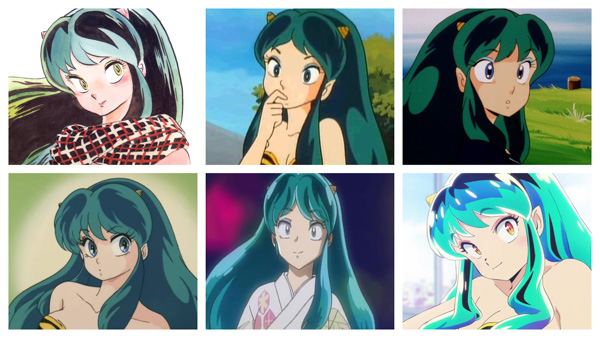
Lum, as seen in the manga, 1981 anime, the Final Chapter movie, the 2008 OVA, and the 2022 remake.
Did you know that Lum, the poster girl of the series, is supposed to be an extra? Preposterous!
Well, not exactly an extra, but she’s not supposed to be the heroine either. In fact, in the first few chapters, she was more of an antagonist in Ataru’s attempts to woo Shinobu Miyake, his ex-girlfriend. Shinobu was supposed to be the heroine, but Lum became so popular that she outshined not only Shinobu but also Ataru! After all, with such an iconic character design and character traits (~daccha!), Lum has become synonymous with the series itself.
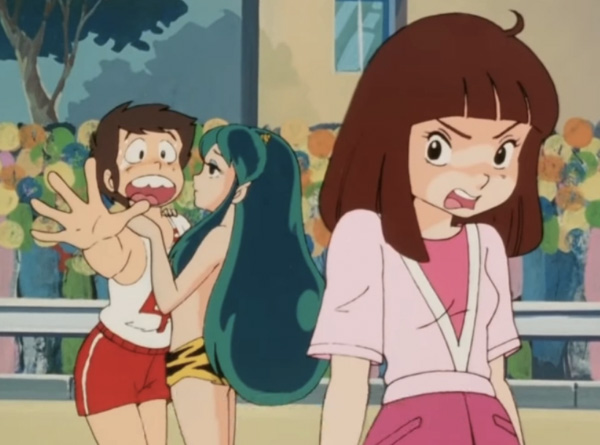
Ataru, Lum and Shinobu in the first episode.
The first few stories in the series centered around Ataru’s lack of luck, and his failed attempts at perversion. But Lum quickly became the heart of the series and with her status as an alien princess, her presence lured the obnoxious aliens into Tomobiki Town, as well as all the weird stuff that came with them. After all, as the first ending theme says, “Let’s put weird and weird together, and make it weirder!”
Revolutionizing Character Archetypes
The innovative character archetypes in Urusei Yatsura are among the series' many important contributions to modern anime. The show presented a wide variety of characters, each with unique characteristics and quirks that eventually evolved into recognizable cliches in the field, with the naughty yet endearing alien princess Lum being a prime example. She set a new bar for the "magical girlfriend" archetype with her feisty and impulsive personality as well as her distinctive appearance—complete with horns and a tiger-print bikini—and inspired countless series in the future, including Ah! My Goddess and My Bride is a Mermaid. In fact, Lum is considered to be the first “waifu” before the term was even created, one of the first popular tsundere (she’s a deredere type though), as well as the first moe character.
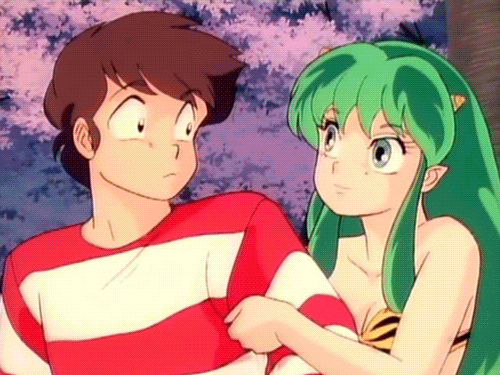
Lum is the only character in the series who is in love with Ataru, while everybody else loves her and despises him. Magical girlfriend, indeed.
Considering her status as everyone’s childhood crush, Lum is pointed as one of the major contributors to the emergence of the otaku culture in Japan.
The ensemble cast of Urusei Yatsura also included a wide range of character types that have come to define modern anime. From the unrepentant pervert and perennial loser Ataru Moroboshi to the forced crossdresser Ryuunosuke Fujinami, these characters have influenced succeeding series to explore nuanced and diverse personalities that connect with audiences on a deeper level.
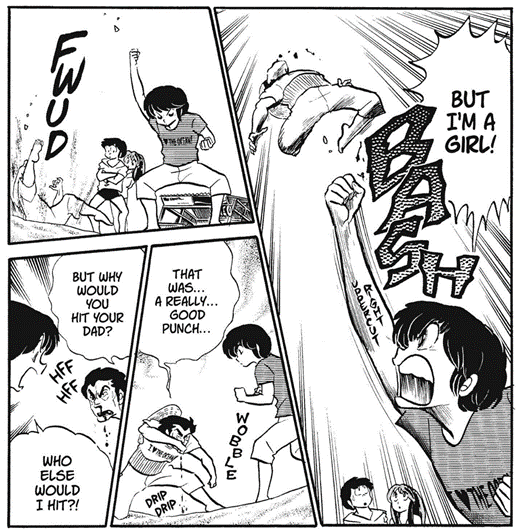
Ryuunosuke, who will later serve as an inspiration for Takahashi’s other series, Ranma ½.
The series is also credited to be one of the predecessors of the harem genre in anime (more of a reverse harem for Lum than Ataru though, since Lum is the only one who loves Ataru). Takahashi will later on make use of the harem—or better yet, love dodecahedron—in her later series, Ranma ½.
Genre-bending and innovative storytelling
By skillfully fusing many genres, Urusei Yatsura expanded the boundaries of narrative storytelling in anime. The show skillfully incorporated aspects of social satire, science fiction, supernaturalism, and romantic comedy to weave a tapestry of tales that enthralled viewers. This novel method of narrating a story opened the door for other anime shows to explore and try out genre mashups, creating a rich and varied anime landscape.
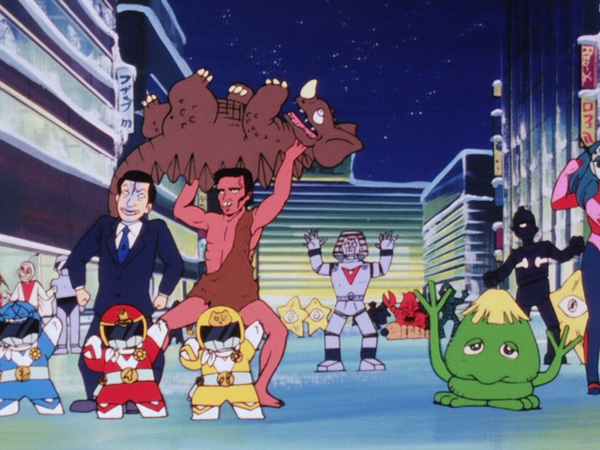
Just another weird day in the Urusei Yatsura universe.
Moreover, Urusei Yatsura established a standard for future series with its use of episodic storytelling and willingness to depart from conventional narrative patterns. A new level of narrative flexibility was shown by the show's capacity to switch between humorous antics and moving scenes while keeping an overarching plot. As a result, anime writers were able to develop stories that captivated audiences on many different levels by fusing comedy, drama, and romance to produce a more engaging and emotionally impactful experience.
Pop Culture References and Meta-Humor
Urusei Yatsura introduced a meta-humor and pop culture referencing that was ahead of its time. The series frequently incorporated parodies, allusions, and references to various aspects of Japanese and Western popular culture, including films, TV shows, and music. This self-awareness and intertextuality not only added an extra layer of entertainment for viewers but also paved the way for future anime series to embrace this meta approach.
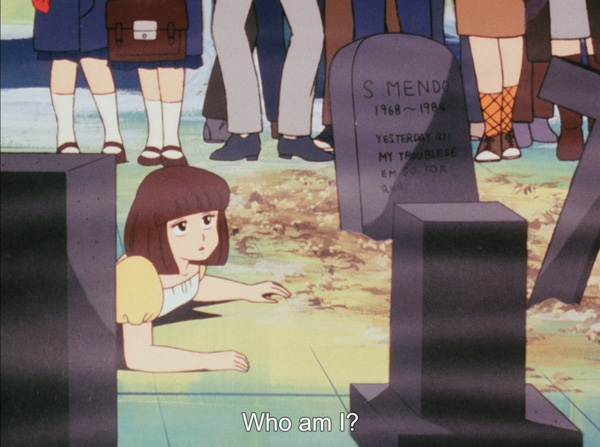
Mendou’s gravestone has the Beatles’ song written on it.
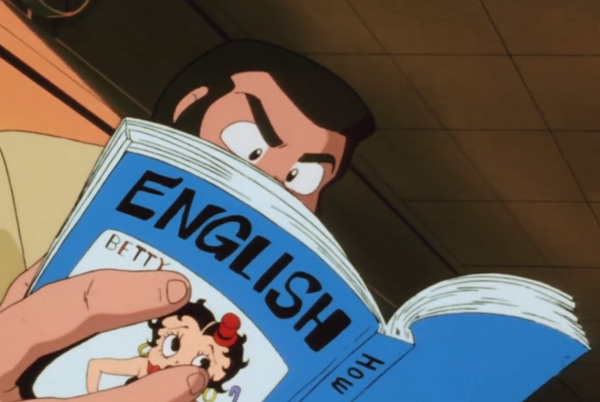
Betty Boop in an English textbook.
Modern anime such as Gintama and FLCL have carried on the tradition of incorporating pop culture references and meta-humor, engaging with the audience on a more interactive and playful level. By establishing this precedent, Urusei Yatsura encouraged subsequent series to celebrate and pay homage to various cultural influences, creating a unique sense of connection and familiarity for viewers.
Inspiring Future Generations
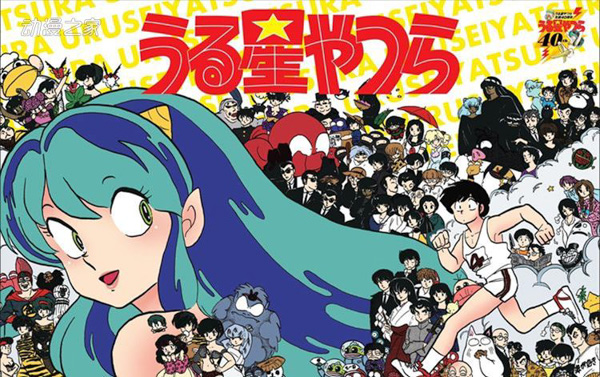
Urusei Yatsura’s huge and diverse cast, as seen in the 40th-anniversary illustration.
Perhaps the most profound impact of Urusei Yatsura lies in its ability to inspire future generations of creators. The series served as a creative springboard for numerous influential artists and writers, including:
- Hideaki Anno (creator of Neon Genesis Evangelion), Yoshiyuki Sadamoto (character designer for Neon Genesis Evangelion) and Kunihiko Ikuhara (director of Revolutionary Girl Utena) all have worked on the Urusei Yatsura anime before, and their experiences have influenced their future works.
- Mamoru Oshii, a renowned director known for works like Ghost in the Shell, also worked on Urusei Yatsura. He directed several episodes of the series, contributing to its overall visual style and storytelling. Oshii's involvement with Urusei Yatsura showcased his directorial talent, especially in the second movie, Beautiful Dreamer, which was considered one of the best Urusei Yatsura movies of all time.
- Studio Gainax, where it was said in their work, Otaku no Video, that Urusei Yatsura is a huge influence in the anime industry and contributed to the creation of the studio.
- Matthew Sweet was inspired to create a song for his waifu, Lum. The music video even included snippets from the anime!
The influence of Urusei Yatsura on modern anime is immeasurable. Inspiring generations of creators to push the limits of creativity and carry on the legacy of this popular series, its innovative energy, boundary-pushing storytelling, and timeless appeal have become huge influences to modern anime.
And of course, let's not forget that even after more than 40 years, Lum is still as popular as ever. There probably won’t be another female character as popular and as iconic as Lum in the history of anime.
Urusei Yatsura remake will have a second season in 2024, so it’s time for you to complete your Lum collection before she comes back!
What do you think?
Who is your favorite Urusei Yatsura character?
Will Ataru and Lum ever end up together?
What is Lum’s impact in the anime industry?
Let us know in the comments or drop us a line on social media (Twitter, Instagram, Facebook)! We’d love to hear from you!
ZenPlus is your one-stop shop for all things Japanese. Check out our marketplace for manga volumes, cosplay, figures, and other merch from the Urusei Yatsura franchise!
You can watch Urusei Yatsura on Hidive, Crunchyroll, and Bilibili.
About The Writer
Cristy is a freelance artist and writer who has been obsessed with anime and manga since childhood. Her love for these imaginative worlds fuels her creative endeavors, and she shows no signs of stopping anytime soon.

